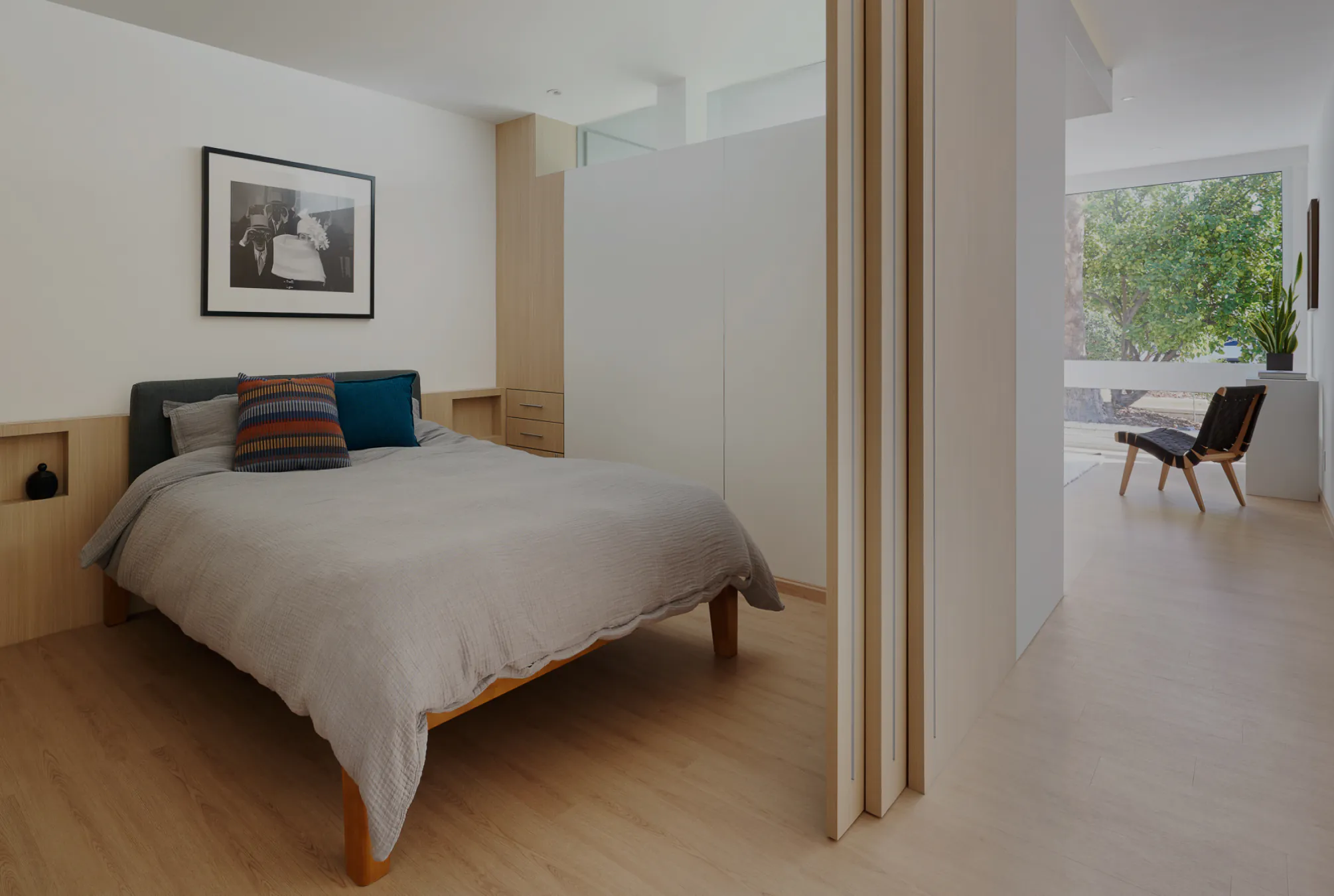Commercial Buildings Can Also Have ADUs

Maximize Rental Income with California’s ADU Law
An Accessory Dwelling Unit, also known as an ADU, is the term California and other states typically use to refer to an additional living unit built on the same lot as someone’s primary residence.
They’ve become popular among consumers as a way to generate passive income on one’s property by adding a rental unit above a garage, or in a backyard.
What many people don’t know, however, is that states like California have also paved the way for commercial or multifamily property owners to add dwelling units to a property quite easily. This helps the state increase the amount of available housing, and can be a great opportunity for a landowner to increase the value and cash-flows of an existing rental property without much additional investment.
California law makes it possible to add units to increase the number of units on new or existing rental properties.
Understanding California’s ADU Approval Process
The biggest opportunity for multifamily owners is found in Government Code Section 65852.2(e), which was amended in 2020 to provide for the ministerial and administrative (i.e., no CEQA or public hearing) approval of ADUs for multifamily owners in the following two instances:
- The conversion of unused space within existing multifamily structures to ADUs, such as storage rooms, boiler rooms, passageways, attics, basements, or garages, for a total increase of up to 25% of the existing multifamily dwelling units, and
- The addition of two detached ADUs on the same lot containing existing multifamily dwellings, which ADUs can be up to 16 feet in height and must have at least 4-foot rear and side setbacks. If your site is eligible for this usage - Cassette’s Jollies and Duplex products provide one and two-unit solutions that can be up and running within 6 months. Reach out to talk with an expert on our team.
With the new laws, the local building agency must respond to your building application within 60 days (reduced from 120 days) and the application is deemed approved if not acted upon within that time frame. Local agencies also can no longer impose a minimum lot size or, until January 1, 2025, an owner-occupant requirement.
Cassette’s Jollies and Duplex products provide one and two-unit solutions that can be up and running within 6 months.
ADU Parking and Impact Fee Regulations Simplified
Eliminated or reduced parking requirements:
The local agency cannot require parking for the ADU if:
- The ADU is located within one-half mile walking distance of public transit,
- When there is a car share vehicle located within one block of the ADU,
- Or when the ADU is located within an architecturally and historically significant historic district.
For units that do not meet the exemptions above, only one space per ADU is required. If a garage, carport, or covered parking structure is demolished in conjunction with the construction of an ADU, the local agency cannot require the replacement of such parking spaces.
Eliminated or reduced impact fees:
Local agencies also cannot impose impact fees on ADUs less than 750 square feet. For ADUs over 750 square feet, the impact fees must be proportional to the primary dwelling unit. Additionally, connection fees cannot exceed the reasonable cost of providing the service.
Improved parking requirements and impact fees resulting from California code amendments
Get a Custom Quote for Adding ADUs to Your Property
Are you curious what it would cost to add one or more ADUs to your property using Cassette’s modular duplexes or Jollies?
Give us a few details here, and we’ll get back to you within 3 business days with our first impressions.



